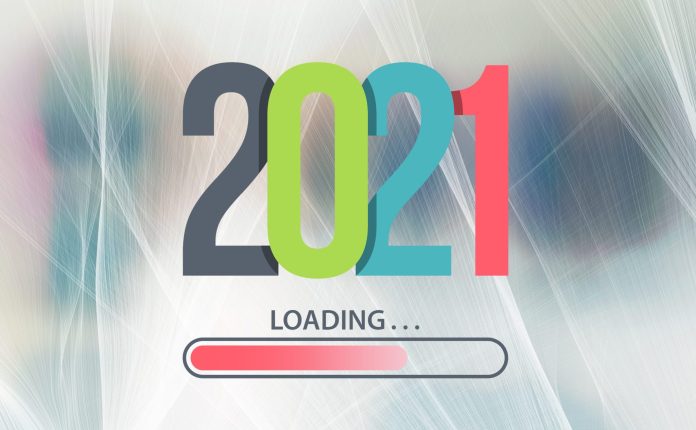2021 will be the year industrial IoT gets ‘massive’, when companies decide, after the impact of Covid-19, to make change, and to accelerate their digital transformation. In technology terms, a major driver of this ‘massification’ will be 5G, and in particular private deployments of 5G.
Private 5G will provide a platform to mobilize equipment and processes in factories in 2021, and the whole ‘wireless factory’ concept will be extended to a good number of other industrial verticals, besides. Private 5G ticks the right boxes for industry from a technological point of view, of course; but it also works from a business point of view.
It will be available for decades, just like previous cellular technologies; it is an open standard, with a vibrant global ecosystem, and significant ‘economies-of-scale’. In the industrial space, it will also enable new and disruptive manufacturing models, and not just for large-scale manufacturing operations.
As it stands, these new industrial solutions tend to be geared to tier-one companies, ostensibly to provide reference designs for massive-scale rollout of industrial 5G products. But the balance will start to tilt in 2021 with the democratization of industrial 5G-based solutions, extending to most industries and segments.
The reason for the wider availability and deployment of these solutions in 2021 is the new capability to mix-and-match computing and communications across the edge-cloud continuum, going from centralised cloud-based setups to industrial edge-based computing with private networks.
This whole ecosystem is expanding and flexing with increasingly varied and numerous players, including both traditional and new ones, at the same time as the implementation of technologies and solutions is becoming simpler. New industrial agents — hyperscalers plus network partners — are co-creating specific industrial use cases for edge-based computing and communications architectures.
These include industrial edge use-cases for automated guided vehicles (AGVs), video analysis for quality control and maintenance, real-time digital twins for modelling and production, and industrial drones for maintenance checks. Some of these are already available as end-to-end edge bundles, simplifying the implementation for many verticals.
Another important advance in 2021 will come with the first multi-site or multi-country wireless factory projects, where customers will be able to look at the manufacturing process with a worldwide view, and dynamically integrate assembly, manufacturing, and storage processes, for example, end-to-end.
And, of course, AI will be important in all of this, and increasingly utilized in 2021. The integration of any kind of industrial data stream — whether from inside or outside a production plant, as with asset tracking, predictive maintenance, demand and production forecasting — will bring new dynamism to organizations.
Merging industrial edge-based computing and analytics will allow factories, in particular, to reduce the latency of their data processing and accelerate their decision making, to the point they are pre-empting production shifts and maintenance cycles.
These solutions will integrate staff in a way that they can work more efficiently and cooperatively with robots and AGVs, and the like. Employees, themselves, will be connected, too, and workloads will be coordinated between complex manual tasks, performed by staff, and repetitive or dangerous tasks, which will be automated.
Coordination between will be helped by these concepts of connected workers and collaborative robots.
Finally, 2021 will open the door for disruptive startups and technologies to change the way manufacturing processes are controlled and managed. Blockchain, for example, will be included in these environments, for traceability and smart contracts, where the relationship between companies becomes fully digital and automated.
A number of key technologies and solutions will converge in 2021 under an industrial framework that enables new use cases, and more organisations to put them into action. It will mark the start of a transformational period for industry, with industrial IoT as the driving force behind it all.

